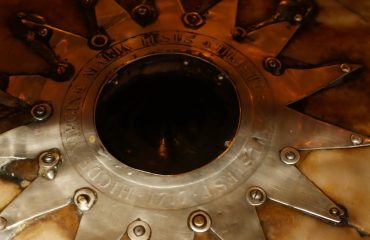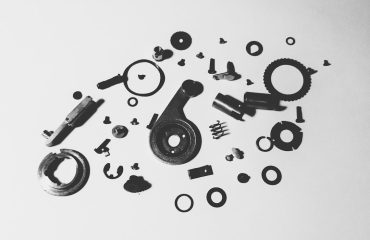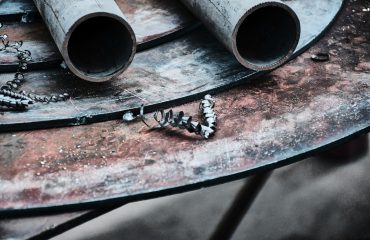EN 10217 is a crucial European standard defining the requirements for seamless steel pipes. Understanding this standard is vital for anyone involved in the procurement, specification, or use of these pipes in various industries. This comprehensive guide will delve into the intricacies of EN 10217, providing a clear and detailed overview of its key aspects.
Understanding the EN 10217 Standard and its Scope
EN 10217 specifies the technical delivery conditions for seamless steel pipes intended for a wide range of applications. These applications span diverse sectors, including: oil and gas transportation, power generation, chemical processing, construction, and mechanical engineering. The standard covers various aspects of the pipe, from its chemical composition and mechanical properties to its dimensional tolerances and testing procedures. It’s important to note that EN 10217 doesn’t cover welded pipes; it focuses exclusively on seamless steel pipes, which are formed from a single piece of steel without welding.
The standard is divided into several parts, each addressing specific pipe grades and their corresponding properties. This detailed breakdown allows for precise selection of the right pipe for a particular application, ensuring optimal performance and safety.
Key Grades within the EN 10217 Series
The EN 10217 standard encompasses numerous grades of seamless steel pipes, each designated by a specific alphanumeric code. These grades are categorized based on their chemical composition, mechanical properties, and intended applications. Some of the most commonly used grades include:
- 1.0038: This grade is known for its high tensile strength and good weldability, making it suitable for applications requiring high strength and ductility.
- 1.0048: Often used in applications demanding high strength and toughness, particularly at low temperatures.
- 1.0049: Characterized by its good weldability and moderate strength, making it a versatile choice for various applications.
- 2.0038: Similar to 1.0038 but with slightly different chemical composition and mechanical properties.
- 2.0048: Similar to 1.0048 but with slightly different chemical composition and mechanical properties.
Each grade’s specific properties are detailed within the EN 10217 standard, including yield strength, tensile strength, elongation, and impact resistance. Selecting the appropriate grade is crucial for ensuring the pipe meets the demands of the intended application.
Manufacturing Processes and Quality Control
EN 10217 seamless steel pipes are manufactured through various processes, typically involving hot-rolling or cold-drawing. The precise manufacturing process depends on the desired dimensions and properties of the pipe. Hot-rolling is used for larger diameter pipes, while cold-drawing is employed for smaller diameter pipes requiring tighter tolerances and improved surface finish.
Rigorous quality control measures are implemented throughout the manufacturing process to ensure compliance with the EN 10217 standard. These measures include chemical analysis of the steel, mechanical testing of the finished pipes, and dimensional inspections. Non-destructive testing methods, such as ultrasonic testing and hydrostatic testing, are also employed to detect any internal flaws or defects.
Applications of EN 10217 Seamless Steel Pipes
The versatility of EN 10217 seamless steel pipes makes them suitable for a vast array of applications across numerous industries. Their high strength-to-weight ratio, durability, and resistance to corrosion make them ideal for demanding environments.
- Oil and Gas Industry: Used extensively in pipelines for transporting oil and gas, both onshore and offshore.
- Power Generation: Employed in boiler tubes, superheater tubes, and other components of power plants.
- Chemical Processing: Used in pipelines and process equipment handling chemicals and other corrosive substances.
- Construction: Used in structural applications, such as scaffolding and support structures.
- Mechanical Engineering: Used in various mechanical components requiring high strength and durability.
The specific grade of EN 10217 pipe selected for a given application will depend on the operating conditions, such as pressure, temperature, and the nature of the fluid being transported.
Compliance and Certification
Ensuring compliance with the EN 10217 standard is paramount for safety and performance. Manufacturers must adhere to the specified requirements throughout the entire manufacturing process, from raw material selection to final inspection. Independent third-party certification bodies often conduct audits and testing to verify compliance. A certificate of conformity is typically issued to confirm that the pipes meet the required standards.
Choosing a reputable supplier who can provide certification and traceability documentation is crucial when purchasing EN 10217 seamless steel pipes. This ensures that the pipes meet the required specifications and guarantees the quality and safety of the product.
This detailed overview of EN 10217 provides a solid foundation for understanding these essential seamless steel pipes. Remember to always consult the full EN 10217 standard for specific details and requirements related to your particular application.
SEO-Friendly Tags:
- EN 10217
- Seamless Steel Pipes
- Steel Pipe Standards
- Pressure Pipes
- Pipe Grades




